Best Companion Plants For A Healthy Productive Garden
Title: Best Companion Plants for a Healthy Productive Garden
Introduction:
Companion planting is a gardening technique that involves planting certain types of plants together to benefit each other. By planting compatible plants together, you can improve the health, productivity, and pest resistance of your garden.
There are many different benefits to companion planting. Some of the most common benefits include:
- Attracting pollinators: Many companion plants attract pollinators, such as bees and butterflies. These pollinators are essential for the pollination of fruits and vegetables, which can lead to a larger harvest.
- Distracting pests: Some companion plants can distract pests, making them less likely to attack your other plants. For example, marigolds are known to repel certain types of pests, such as aphids and whiteflies.
- Improving soil health: Some companion plants can improve the soil health in your garden. For example, legumes, such as beans and peas, can fix nitrogen in the soil, which can benefit other plants.
- Competition reduction: Companion planting can help to reduce competition between plants for water, nutrients, and sunlight. This can lead to healthier and more productive plants.
Main Content:
There are many different companion plants that you can grow in your garden. Here are some of the most popular and effective companion plants:
- Marigolds: Marigolds are one of the most popular companion plants. They are known to repel a variety of pests, including aphids, whiteflies, and nematodes. Marigolds also attract pollinators, such as bees and butterflies.

- Basil: Basil is another popular companion plant. It is known to repel mosquitoes, aphids, and spider mites. Basil also enhances the flavor of tomatoes, so it is a great plant to grow near tomatoes.
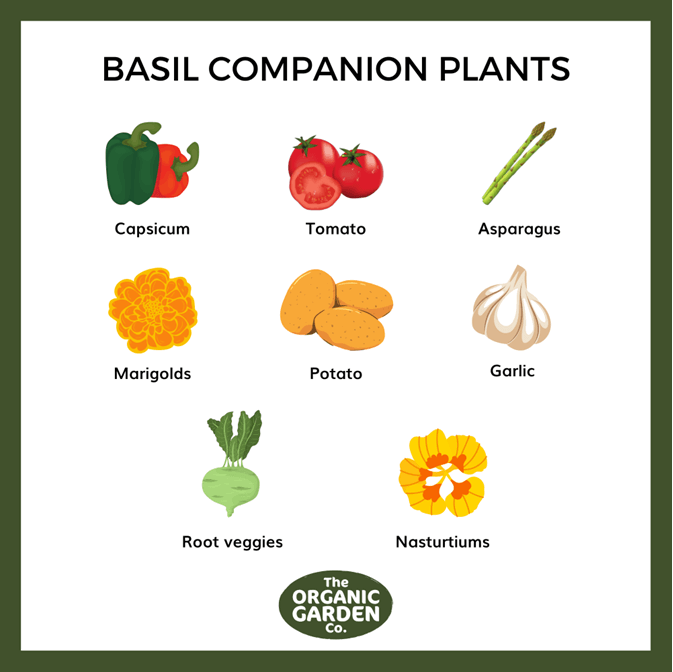
- Chives: Chives are a great companion plant for many vegetables, including carrots, tomatoes, and strawberries. They help to repel pests, such as aphids and carrot flies. Chives also improve the flavor of other vegetables, such as tomatoes.

- Nasturtiums: Nasturtiums are a great companion plant for brassicas, such as broccoli and cabbage. They help to repel pests, such as aphids and cabbage moths. Nasturtiums also attract pollinators, such as ladybugs.

- Borage: Borage is a great companion plant for tomatoes, cucumbers, and melons. It helps to attract pollinators, such as bees and butterflies. Borage also improves the flavor of tomatoes.
- Thyme: Thyme is a great companion plant for roses, beans, and carrots. It helps to repel pests, such as aphids and spider mites. Thyme also improves the flavor of other vegetables, such as carrots.

These are just a few of the many different companion plants that you can grow in your garden. By planting compatible plants together, you can improve the health, productivity, and pest resistance of your garden.
Conclusion:
Companion planting is a great way to improve the health and productivity of your garden. By planting compatible plants together, you can attract pollinators, deter pests, improve soil health, and reduce competition between plants. If you are looking for ways to improve your garden, companion planting is a great place to start.
Are you looking for inspiration for what to plant together in your garden? Visit Garden Wiki for more information about companion planting. Companion planting is a gardening technique that involves planting certain plants together to benefit each other. For example, some plants attract beneficial insects, while others repel pests. By planting these plants together, you can create a more balanced and healthy garden.
FAQ of garden what to plant together
Q: What are the benefits of companion planting?
A: Companion planting is the practice of planting certain plants together to benefit each other. There are many benefits to companion planting, including:
- Increased yields: Companion plants can help to attract beneficial insects, which can help to control pests. They can also help to improve the soil quality, which can lead to healthier plants and higher yields.
- Reduced pest pressure: Companion plants can help to repel pests, which can help to protect your plants from damage. For example, marigolds are often planted near tomatoes to help repel tomato hornworms.
- Improved flavor: Some companion plants can actually improve the flavor of other plants. For example, basil is often planted near tomatoes to help enhance their flavor.
- Disease resistance: Companion plants can help to protect each other from diseases. For example, onions can help to repel root rot, which can be a problem for carrots.
Q: What are some good companion plants for tomatoes?
A: Some good companion plants for tomatoes include:
- Basil: Basil is a classic companion plant for tomatoes. It helps to repel tomato hornworms and improve the flavor of tomatoes.
- Marigolds: Marigolds help to repel nematodes, which can be a problem for tomatoes. They also help to attract beneficial insects.
- Beans: Beans fix nitrogen in the soil, which can benefit tomatoes. They also help to suppress weeds.
- Cucumbers: Cucumbers and tomatoes can help to support each other. Cucumbers can help to shade tomatoes from the sun, while tomatoes can help to deter pests from cucumbers.
Q: What are some plants that should not be planted together?
A: Some plants should not be planted together because they can compete for resources or attract the same pests. Some examples of plants that should not be planted together include:
- Potatoes and tomatoes: Potatoes and tomatoes are both susceptible to the same pests and diseases, so planting them together can increase the risk of infection.
- Cabbage and cauliflower: Cabbage and cauliflower are both members of the Brassica family, and they can cross-pollinate. This can lead to a loss of flavor and quality in the vegetables.
- Onions and garlic: Onions and garlic have strong scents that can repel each other. Planting them together can reduce their yields.
Q: How many plants should I start with?
A: The number of plants you need to start with depends on a few factors, including the size of your garden, the type of plants you are growing, and how much produce you want to harvest. In general, it is a good idea to start with a few plants of each type and see how they do. You can always add more plants later if needed.
Q: Where can I find more information about companion planting?
A: There are many resources available to help you learn more about companion planting. Some good places to start include:
- The Companion Planting Chart: This chart provides a comprehensive list of companion plants and their benefits.
- The Vegetable Garden Planner: This planner helps you to plan your garden and choose the right companion plants for your needs.
- The Companion Planting Handbook: This book provides in-depth information about companion planting, including tips for choosing the right plants, planting them together, and managing pests.
Image of garden what to plant together
- Carrots and onions. These two vegetables deter each other's pests, so they're a great combination to plant together.

- Beans and corn. Beans fix nitrogen in the soil, which helps corn grow better. Corn provides shade for beans, which helps them stay cool.
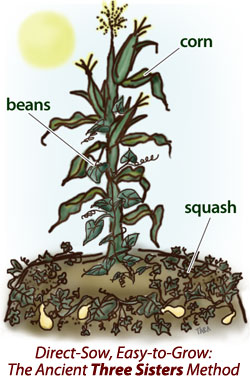
- Peas and lettuce. Peas can help to suppress weeds, while lettuce provides shade for peas in the hot summer months.
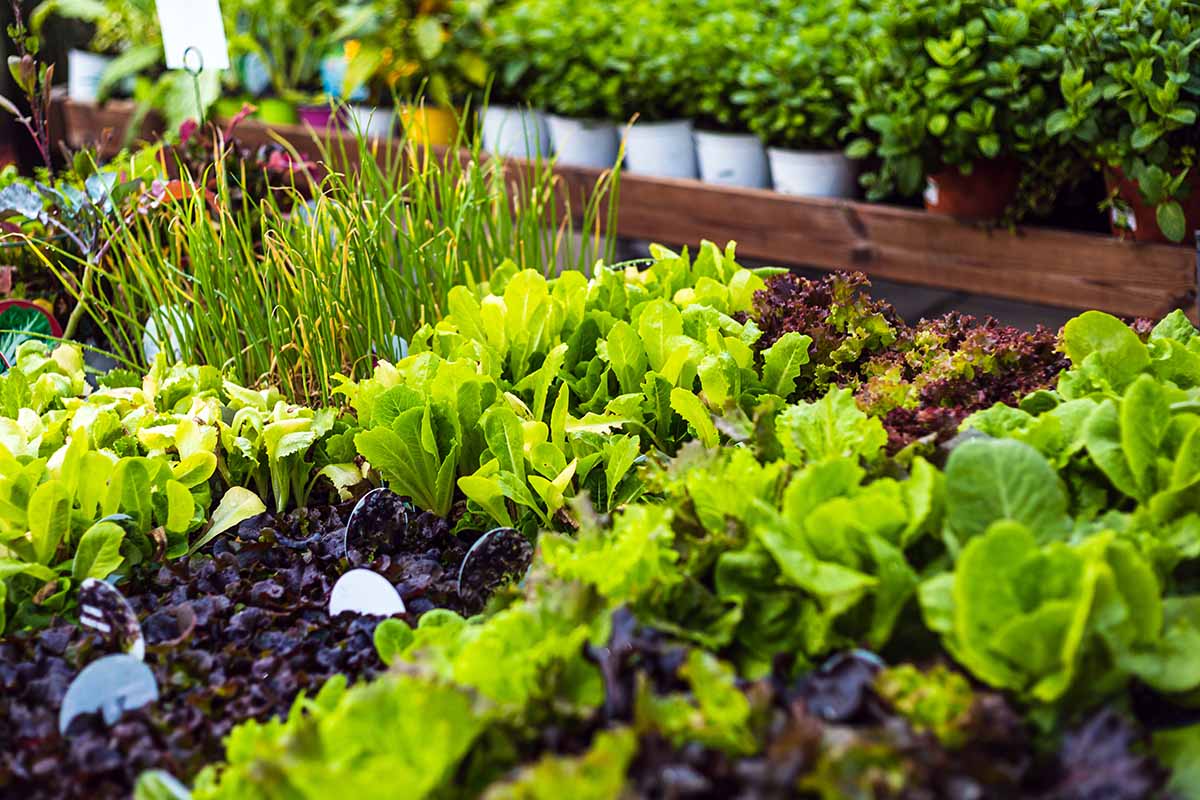
- Cucumbers and tomatoes. Cucumbers and tomatoes both need full sun, so they're a good choice for planting together. Cucumbers also help to deter pests from tomatoes.

- Basil and tomatoes. Basil helps to deter pests from tomatoes, and it also adds flavor to tomato dishes.
- Marigolds and roses. Marigolds help to deter pests from roses, and they also add color to the garden.
- Sunflowers and zinnias. Sunflowers and zinnias are both tall flowers that attract butterflies and other pollinators.

- Lavender and thyme. Lavender and thyme are both herbs that can be used in cooking. They also have a pleasant fragrance that can help to deter pests.
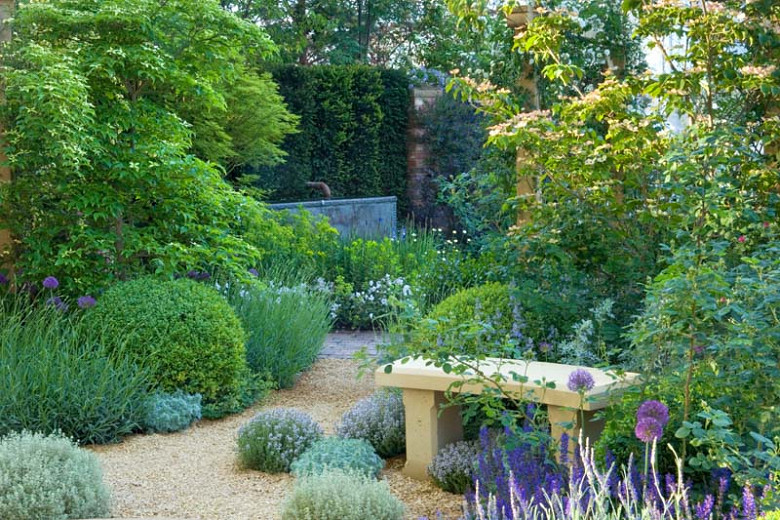
- Chamomile and mint. Chamomile and mint are both herbs that have calming properties. They can be planted together to create a relaxing garden space.

- Pansies and violas. Pansies and violas are both low-maintenance flowers that come in a variety of colors. They're a great choice for a garden that needs a splash of color.
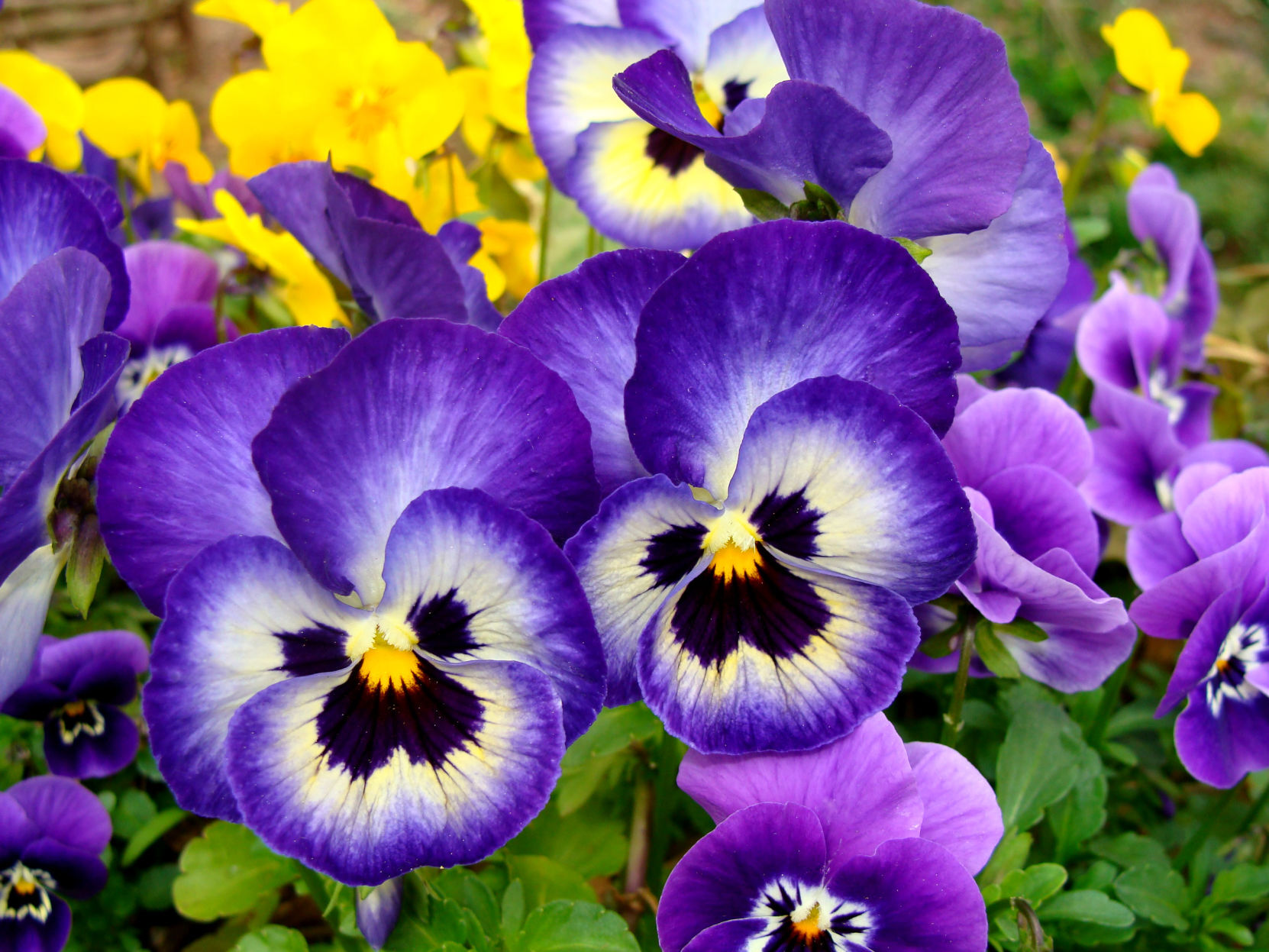

Post a Comment for " Best Companion Plants For A Healthy Productive Garden"